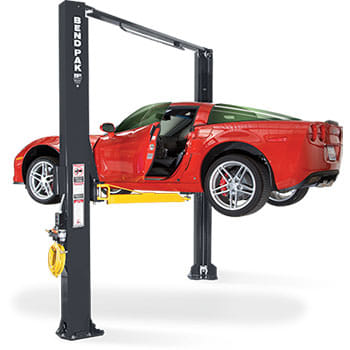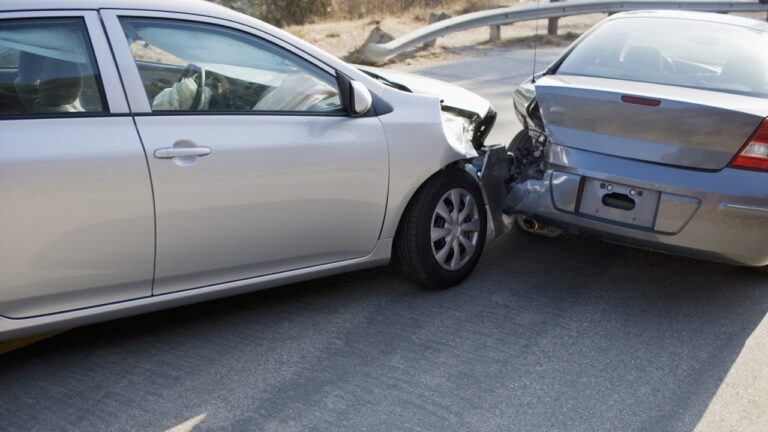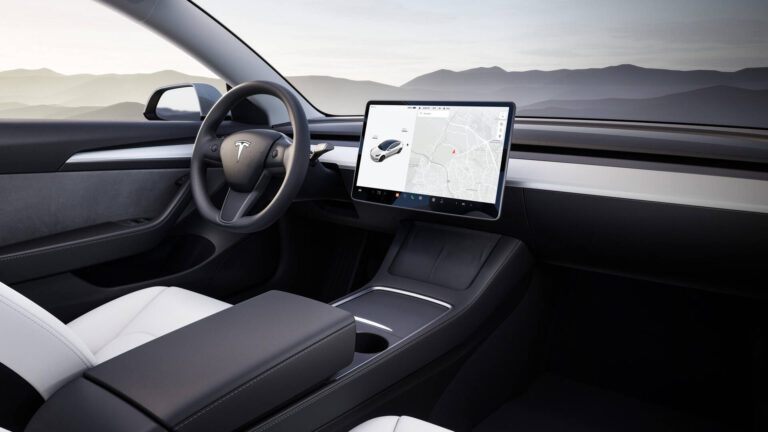Industrial Equipment Coverage Analysis in the dynamic landscape of industrial operations, the significance of equipment cannot be overstated. From heavy machinery in manufacturing plants to specialized tools in construction sites, industrial equipment serves as the backbone of productivity and efficiency. However, with this reliance on machinery comes inherent risks. Equipment breakdowns, mechanical failures, and operational interruptions can lead to substantial financial losses for businesses. To mitigate these risks, industrial equipment coverage provided by insurance policies plays a crucial role. This comprehensive article delves into the intricacies of industrial equipment coverage in insurance, examining its importance, components, evaluation factors, and emerging trends in risk management.
Understanding Industrial Equipment Coverage in Insurance: Industrial equipment coverage, also known as machinery insurance or equipment breakdown insurance, is a specialized form of insurance designed to protect businesses from financial losses resulting from the breakdown or damage of industrial machinery. Unlike traditional property insurance, which typically covers external perils like fire or theft, industrial equipment coverage extends its protection to include internal machinery failures, electrical malfunctions, and other operational hazards. This comprehensive coverage ensures that businesses are adequately protected against unforeseen events that could disrupt operations and impact their bottom line.
-
Components of Industrial Equipment Coverage
Equipment Breakdown Insurance:
This component provides coverage for sudden and accidental breakdowns of machinery and equipment due to mechanical or electrical failures. It typically covers repair or replacement costs, as well as any resulting business interruption losses.
Boiler and Machinery Insurance:
Boiler and machinery insurance specifically focuses on protecting boilers, pressure vessels, and other mechanical equipment against breakdowns. It covers damages caused by explosions, ruptures, and other malfunctions, including property damage and liability exposures.
Business Interruption Coverage:
Business interruption coverage compensates businesses for income losses incurred due to equipment breakdowns or machinery failures. It helps cover ongoing expenses and revenue losses during the period of restoration, ensuring continuity of operations despite unforeseen disruptions.
Extra Expense Coverage:
Extra expense coverage reimburses businesses for additional costs incurred to expedite repairs, replace damaged equipment temporarily, or mitigate the impact of equipment breakdowns on operations. This may include expenses related to renting alternative machinery, outsourcing production, or expedited shipping of replacement parts.
Spoilage Coverage:
Spoilage coverage is essential for industries like food processing and pharmaceuticals, where equipment breakdowns can lead to spoilage or contamination of perishable goods. It covers the cost of replacing spoiled inventory and ensures that businesses can maintain product quality and meet regulatory standards.
Data and Media Coverage:
With the increasing digitization of industrial processes, data and media coverage have become critical. This component protects against data loss or corruption resulting from equipment failures, cyber-attacks, or other technological hazards. It covers expenses associated with data recovery, forensic investigations, and liability arising from data breaches.
Transit Coverage:
Transit coverage extends protection to industrial equipment while in transit, whether being transported to a new location or temporarily moved for repairs or maintenance. It covers damages caused by accidents, theft, or other perils occurring during transportation, ensuring that equipment remains safeguarded throughout its lifecycle.
-
Evaluation Factors for Industrial Equipment Coverage
Industry Specificity:
The type of industry and the complexity of equipment used significantly influence the coverage needs. Industries with high-value, specialized machinery may require broader coverage to address unique risks associated with their operations.
Risk Assessment:
Conducting a thorough risk assessment is essential for identifying potential vulnerabilities and exposures related to industrial equipment. Factors such as equipment age, condition, and maintenance history should be evaluated to determine appropriate coverage limits and premiums.
Regulatory Compliance:
Compliance with industry regulations and standards often dictates the minimum insurance requirements for businesses. It is crucial to align coverage with regulatory mandates to avoid penalties, fines, and legal liabilities.
Business Continuity Planning:
Incorporating industrial equipment coverage into broader business continuity plans is essential for mitigating the financial impact of equipment breakdowns on overall operations. Businesses should assess their vulnerabilities, identify critical assets, and develop contingency measures to minimize disruptions and expedite recovery efforts.
Risk Management Practices:
Implementing effective risk management practices, such as preventive maintenance, equipment inspections, and employee training, can help mitigate the frequency and severity of equipment failures. Insurers may offer incentives or discounts for businesses that demonstrate robust risk management protocols.
-
Emerging Trends in Industrial Equipment Coverage
Predictive Maintenance:
Leveraging IoT sensors and predictive analytics, insurers are offering solutions that enable proactive equipment monitoring and predictive maintenance. By detecting potential issues before they escalate into breakdowns, businesses can minimize downtime and optimize equipment performance.
Cyber Risk Protection:
With the increasing digitization of industrial processes, insurers are expanding coverage to include cyber risks associated with industrial equipment. This includes protection against cyber-attacks, data breaches, and ransomware attacks that could disrupt operations and compromise sensitive information.
Parametric Insurance:
Parametric insurance products offer predefined payouts based on predefined triggers, such as equipment downtime or production losses exceeding a certain threshold. These innovative solutions provide businesses with rapid access to funds following equipment breakdowns, streamlining the claims process and facilitating quicker recovery.
-
Conclusion on Industrial Equipment Coverage Analysis
Industrial equipment coverage in insurance plays a critical role in safeguarding businesses against the financial repercussions of equipment breakdowns and operational disruptions. By understanding the components of coverage, evaluating risk factors, and embracing emerging trends in risk management, businesses can effectively mitigate losses and ensure continuity of operations. As industries continue to evolve and technology advances, the importance of robust insurance protection for industrial equipment remains paramount in mitigating risks and promoting resilience in an ever-changing landscape.






